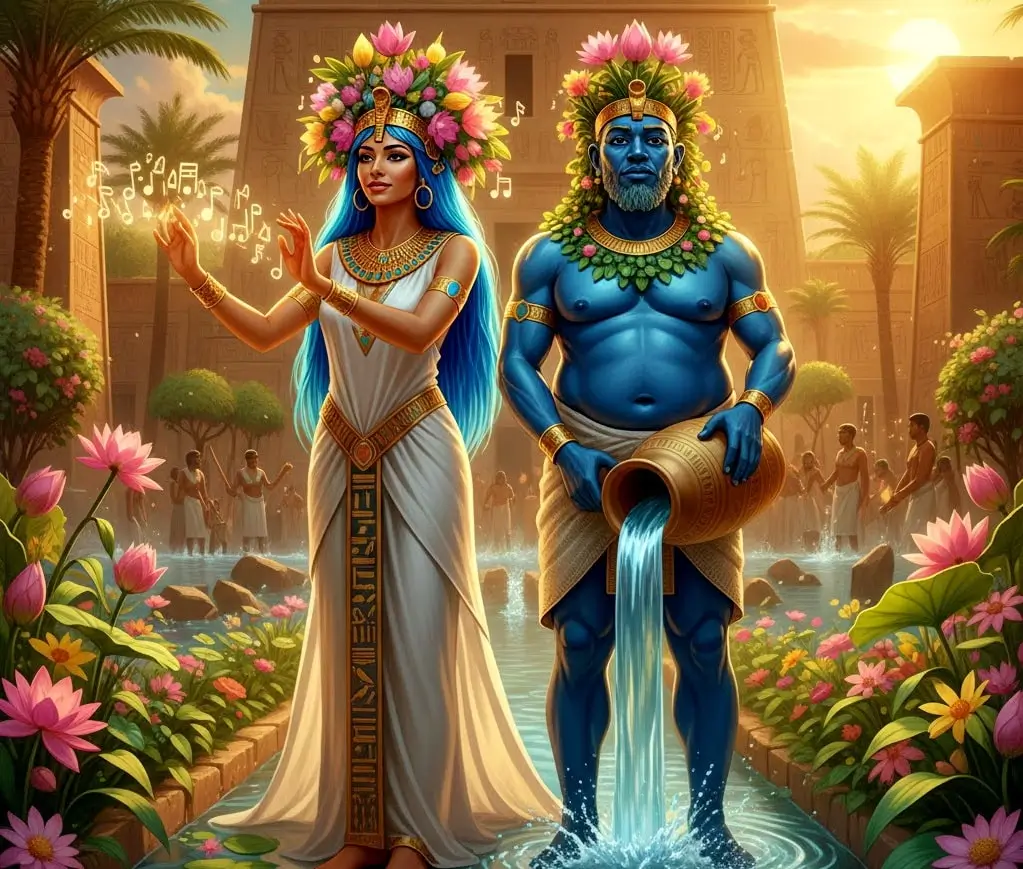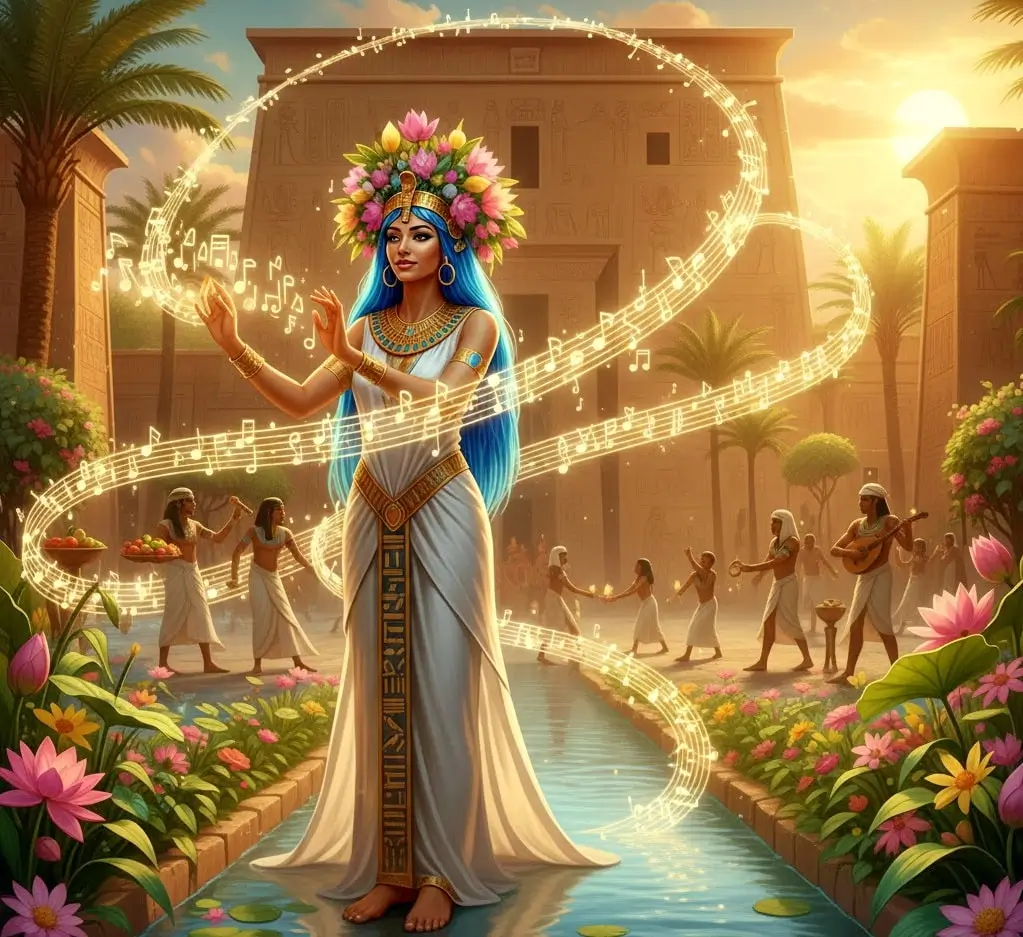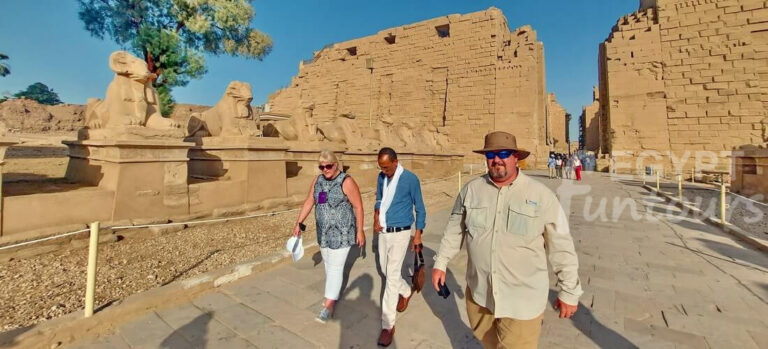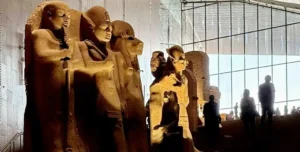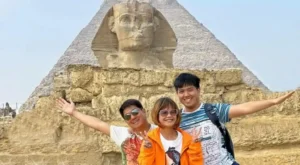Welcome to the Harmony of Meret: The Beloved Goddess
Goddess Meret (meaning “the beloved”) stands as the ancient Egyptian goddess who embodies the vibrant spirit of music, joy, and the life-giving rhythm of the Nile River. She does not belong to a major mythological cycle like the Ennead. Instead, her profound importance grew directly from the daily experiences and essential religious practices of the people. She partnered with Hapi, the corpulent god of the Nile flood, symbolizing the harmonious celebration and prosperity that accompanied the crucial annual inundation. Artists depicted her performing a unique gesture of clapping or conducting. Her role ensured the successful, joyful performance of religious rites and the maintenance of cosmic harmony. Goddess Meret represents the beautiful and necessary blend of spiritual expression and agricultural reality in Egyptian culture.

